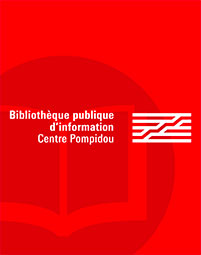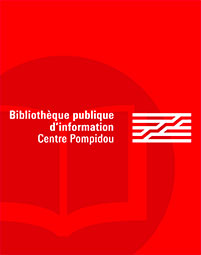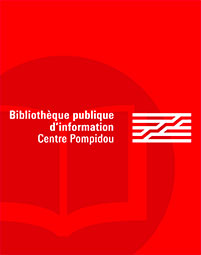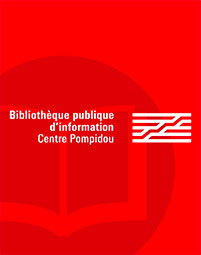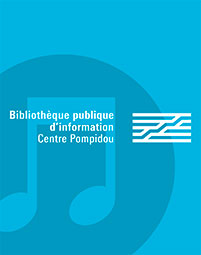par Bordwell, David (1947-2024)
Columbia University Press
2023 -
-
Disponible - 821(091) BOR
Niveau 3 - Langues et littératures
Résumé : The author begins by discussing the two main elements of the crime fiction genre, the puzzle and the transcendent detective (from Edgar Allan Poe and Arthur Conan Doyle to Agatha Christie, Dorothy Sayers, Ellery Queen, et al.), then scrutinizes the development of the psychological thriller, the hard-boiled detective (Dashiell Hammett, Raymond Chandler, Mickey Spillane), the police procedural (Ed McBain), the crime caper, and all of the other variations of a genre constantly reinventing itself. Like the great detectives he writes about, Bordwell shows off his encyclopedic knowledge and his dazzling analytic powers, laying out his case with an abundance of evidence—plot summaries, quotations, charts, and graphs. He pays particular attention to some of his favorites, e.g., John Dickson Carr, Erle Stanley Gardner, Rex Stout, Patricia Highsmith, and Donald Westlake, and filmmakers like Hitchcock and, especially, Tarantino.

 Les bibliothèques de la ville de Paris
Les bibliothèques de la ville de Paris
 Les bibliothèques universitaires
Les bibliothèques universitaires
 La BnF
La BnF
 L'encyclopédie Wikipédia
L'encyclopédie Wikipédia
 L'Encyclopædia Universalis
L'Encyclopædia Universalis
 La bibliothèque du film
La bibliothèque du film
 La médiathèque de la Philharmonie de Paris
La médiathèque de la Philharmonie de Paris

